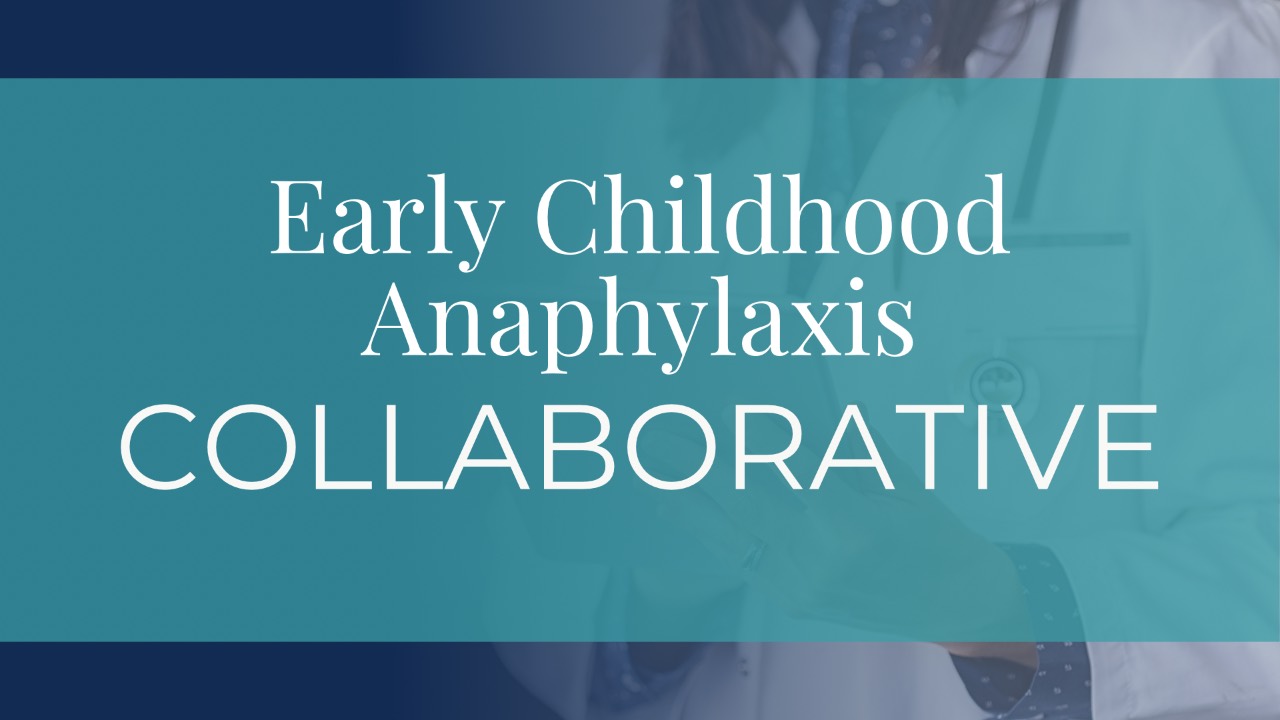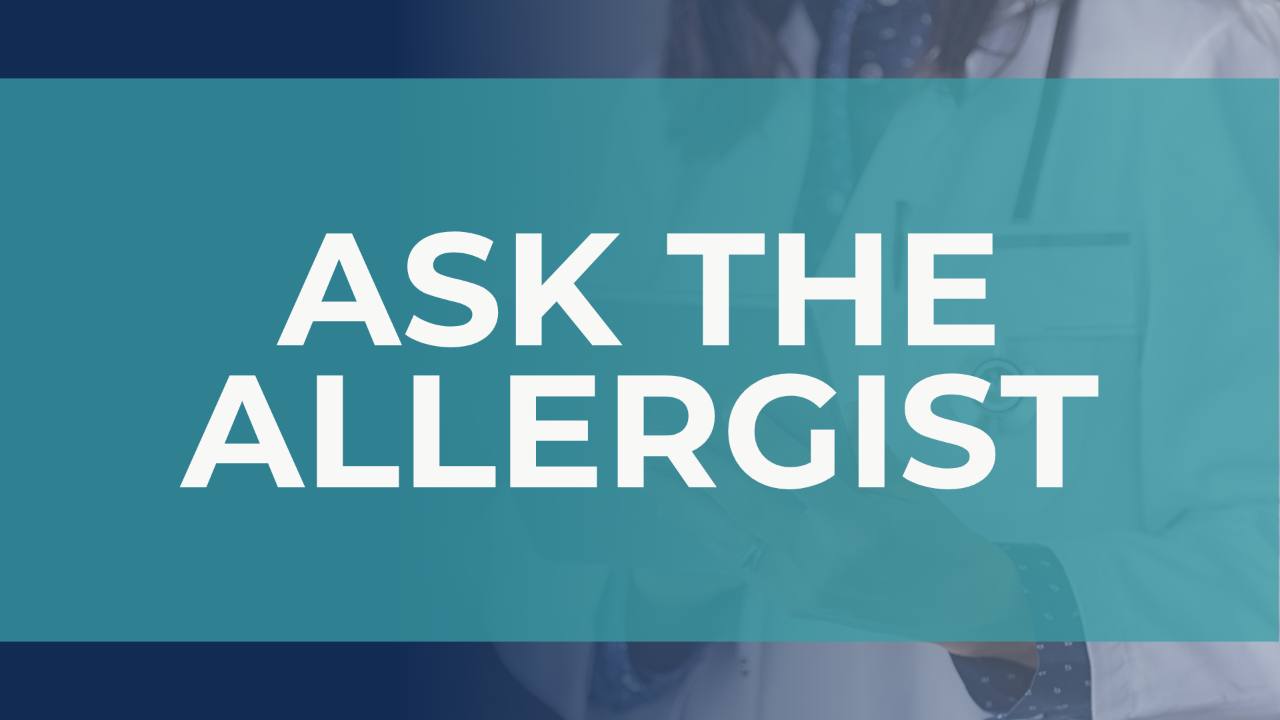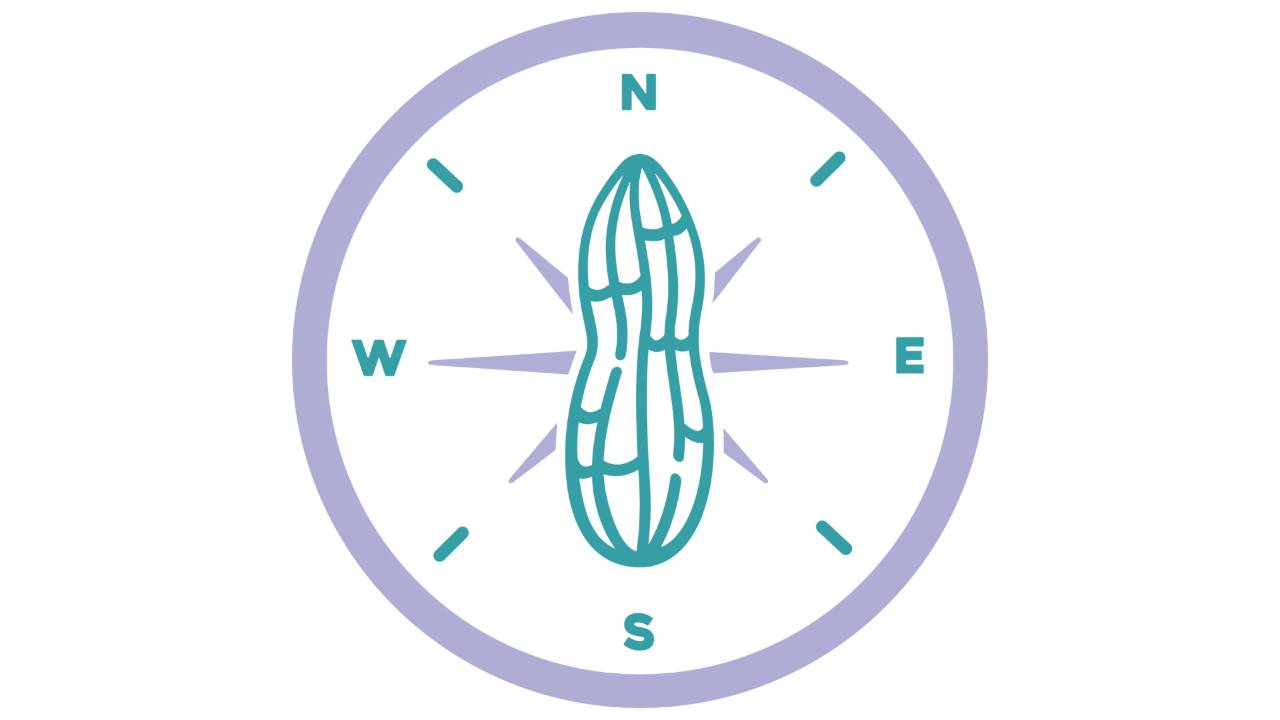An injection that treats food allergies? Hello, Xolair®.
Food Allergy Friday 02.21.2025
Expert Updates for Pediatric Healthcare Providers
🧭 Your weekly compass in the evolving landscape of pediatric food allergies
This Week's Featured Article
Title: "Omalizumab for the Treatment of Multiple Food Allergies"
Authors: Robert A. Wood, M.D. et al
Journal and Year: New England Journal of Medicine 2024
***More to come in the coming weeks, so let's review this key article from last year, ICYMI.***
⚡️ Key Points in 30 Seconds
-
Xolair® (omalizumab) is a monoclonal antibody that binds to IgE.
-
Xolair has been used for 20+ years by allergists to treat asthma. It is also FDA-approved to treat chronic idiopathic/spontaneous urticaria and nasal polyps.
-
This study (“OUtMATCH”) was designed to determine the efficacy of Xolair® in preventing anaphylaxis from ingestion of a food allergen.
-
Xolair® increased most subjects’ reaction threshold, i.e. patients treated with four months of Xolair® were able to ingest larger amounts of their food allergens without reacting compared to subjects on placebo.
-
This article presented data from stage one of the three-stage study.
👉 Why This Article Matters for Your Practice
You may have already heard about Xolair® and that it’s FDA-approved for food allergies. You will hear more in the coming weeks about Xolair® and its relationship to oral immunotherapy (OIT). I anticipate some of your food allergy parents - especially the ones with their ears to ground on possible treatments - will ask you about Xolair® (if they haven’t already done so!).
What is critical for pediatric clinicians to know is that Xolair® has been around for a quite some time and, on the spectrum of whether a drug is safe, it has a pretty good safety profile. The most common adverse reaction is pain at the injection site. It is a shot and is dosed every two or four weeks, depending on a patient’s total IgE and weight.
To clarify: Xolair® is NOT dosed based on a patient’s allergen-specific IgE; it is dosed based on their total IgE level and their weight. So if you are ever ordering labs on a patient with food allergy, order a total IgE with their allergen-specific IgE. And please don't order food-specific IgE unless you think the patient had an IgE-mediated reaction to a food. Just say no to lab panels. BTW, if you want to learn more about how and when to order what labs for foods allergies, reply to this email and let me know that.
Also know that Xolair® is effective at reducing the risk of a patient having an allergic reaction to their allergen if they were to accidentally ingest their allergen.
A key caveat is that Xolair® is only for patients with IgE-mediated food allergies. It has not been shown effective in treating eosinophilic esophagitis (EOE) or food protein-induced enterocolitis syndrome (FPIES).
📊 Study Overview
Population: cohort of 177 children and adolescents (ages 1-17 years old) with multiple food allergies.
Design: multi-center, randomized, double-blind, placebo-controlled trial. Subjects underwent multiple food challenges and, to be included, had to react [(i.e. have positive oral food challenges (OFCs)] to at least a 100mg dose peanut protein (144mg cumulative amount) and to at least a 300mg dose of at least two other food proteins (cashew, egg, milk, wheat, walnut, or hazelnut, 444mg cumulative amounts). Subjects who met these reaction criteria then were administered either Xolair® or placebo for 16-20 weeks, then OFCs were repeated to determine whether Xolair® allowed subjects to ingest more allergen without or before reacting.
Primary Outcome (regarding food allergy): Subjects who received Xolair® were significantly more likely to have higher reaction thresholds (meaning they could ingest more allergen without or before reacting) compared subjects who received placebo. This was demonstrated by the Xolair® subjects tolerating higher amounts of their allergens when the OFCs were repeated after the 16-20 weeks of Xolair® versus placebo.
Figure 1 from the NEJM article.
The prespecified threshold dose of peanut protein was a single dose of at least 600 mg; for cashew, egg, milk, walnut, hazelnut, and wheat protein, the prespecified threshold was a single dose of at least 1000 mg. This means that 67% of subjects who received Xolair® were able to consume 600mg of peanut protein, which is equal to about 2 peanuts.
Key Conclusions by the Authors: ”This phase 3 trial involving patients as young as 1 year of age with multiple food allergies showed that 16 weeks of treatment with omalizumab substantially increased threshold reactivity to peanut and multiple other foods to levels that could protect against allergic reactions associated with accidental exposure. Reactions to such exposures are common and often severe, leading to negative effects on quality of life and the need for constant vigilance.”
Hoyt Commentary
Xolair® is a great tool for our toolkit to treat children with IgE-mediated food allergies.
It helps these children stay safe in a world in which they may be exposed to their allergens.
Is Xolair® a cure?
No. When we stop Xolair®, the allergen-specific IgE recurs and reacting to the food allergen also recurs.
So why use Xolair® if it doesn’t actually modify the underlying condition?
This is the question that needs to be thoroughly discussed between each patient, patient-family, and their allergist.
Although Xolair® will not cure the allergy, it can help keep kids safe from severe allergic reactions should they have an accidental ingestion. This can be particularly helpful for teens as well as for kids of all ages with multiple, difficult-to-avoid food allergies.
You’re opinion MATTERS.
I’ll take a moment here to highlight how much your opinion matters to your patient-families. Although you may not be the allergy expert when it comes to their food allergies, you likely have the longest relationship with these families and your thoughts are invaluable to them. They know when you think a treatment will be helpful and when you are on the fence and when you actually think a treatment won’t be great (hopefully those moments are few and far between and that you have specialists available to you who enjoy team medicine and collaborating on patients!). It’s awesome that you are taking an interest in food allergy therapies even though you may not be the one prescribing them. (Peds clinicians are amazing.)
I’ll talk more about Xolair® and oral immunotherapy in an upcoming newsletter.
Patient Communication Tips
🗣️ Key Messages for Families
-
Xolair® can help prevent children with IgE-mediated food allergies from reacting to their food allergens.
-
Xolair® is a relatively safe drug.
-
Xolair® will not cure the food allergy, but decreasing the risk of reaction can be especially helpful in some patients' food allergy journeys.
Sample Script:
"Have you heard about Xolair®? It’s an FDA-approved injected medication that helps protect patients with food allergies from severe allergic reactions. Maybe your allergist has mentioned it or you’ve heard about it in the news?"
🧐 Quick Quiz
After perusing the article, test your knowledge with this single question:
True or false: Xolair® cures food allergies.
Answer and explanation provided in next week's newsletter. ✔
Last week’s answer: C. 85% of participants were consuming some amount of peanut by the end of the study.

'Food Allergy Friday' is curated and written by Dr. Alice Hoyt. Dr. Hoyt is board-certified in allergy & immunology, internal medicine, and pediatrics. Her clinical expertise is in food allergies, and she serves patients with her team at the Hoyt Institute of Food Allergy.
Share this newsletter! Simply forward it to a colleague. 👍 And they can visit foodallergypedshub.hoytallergy.com.






